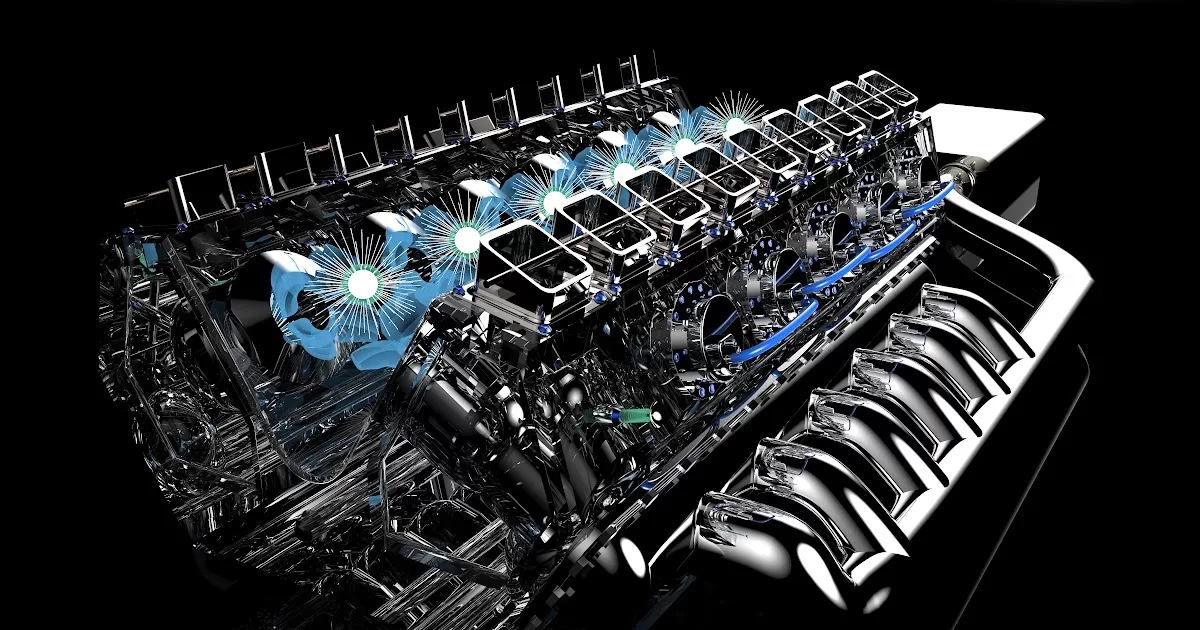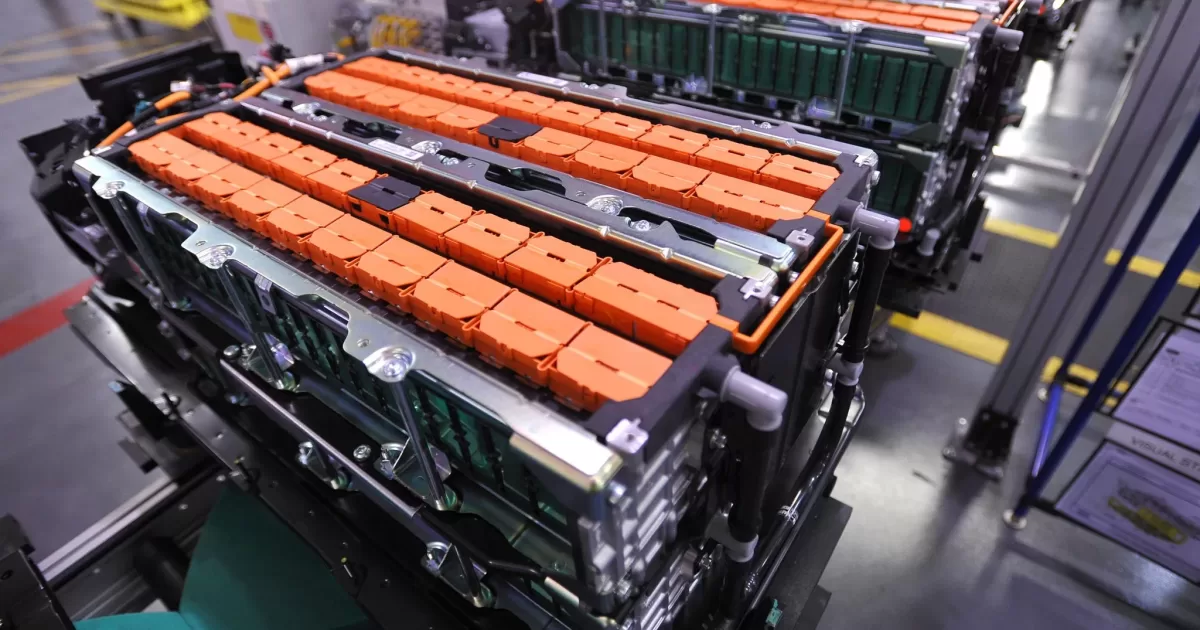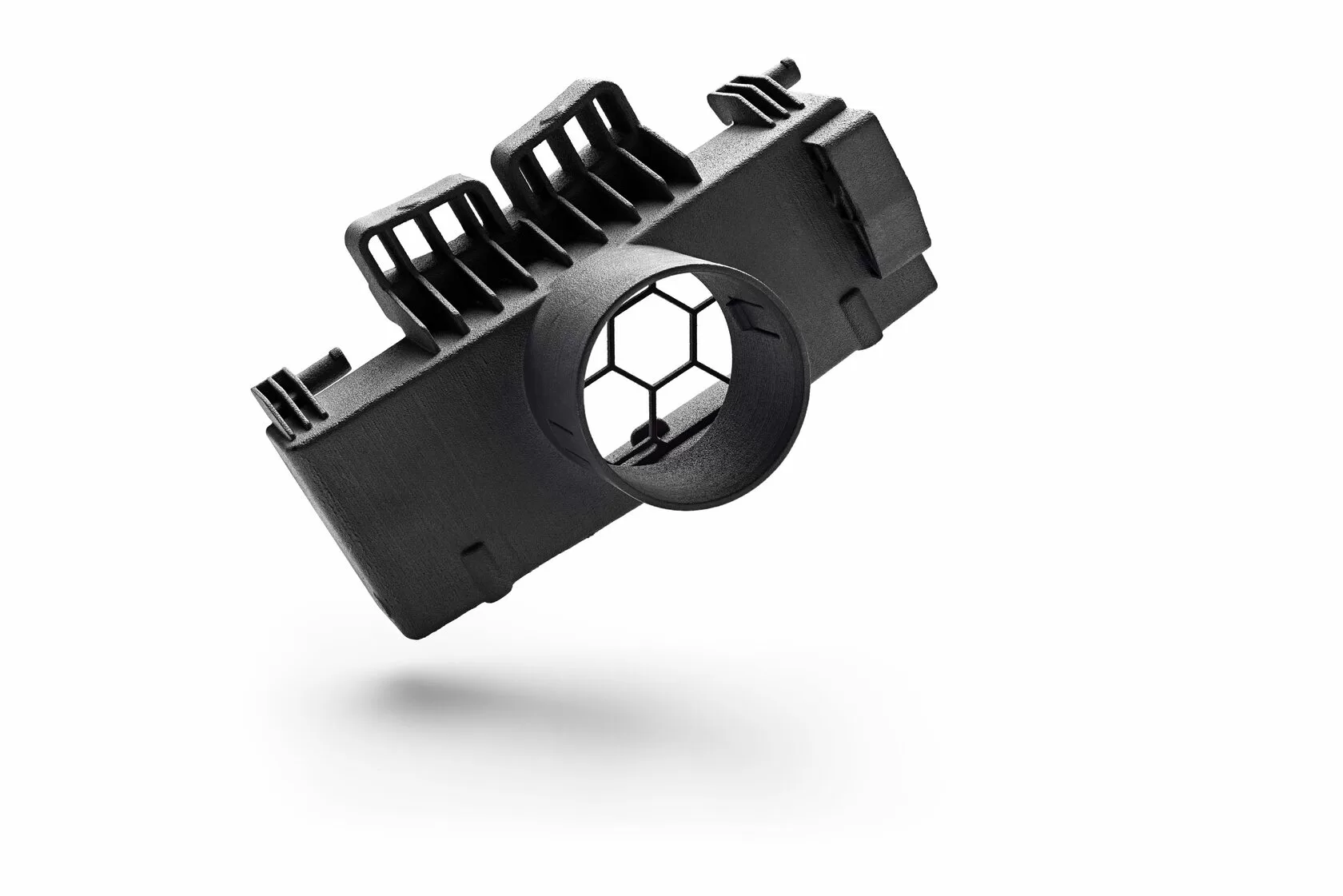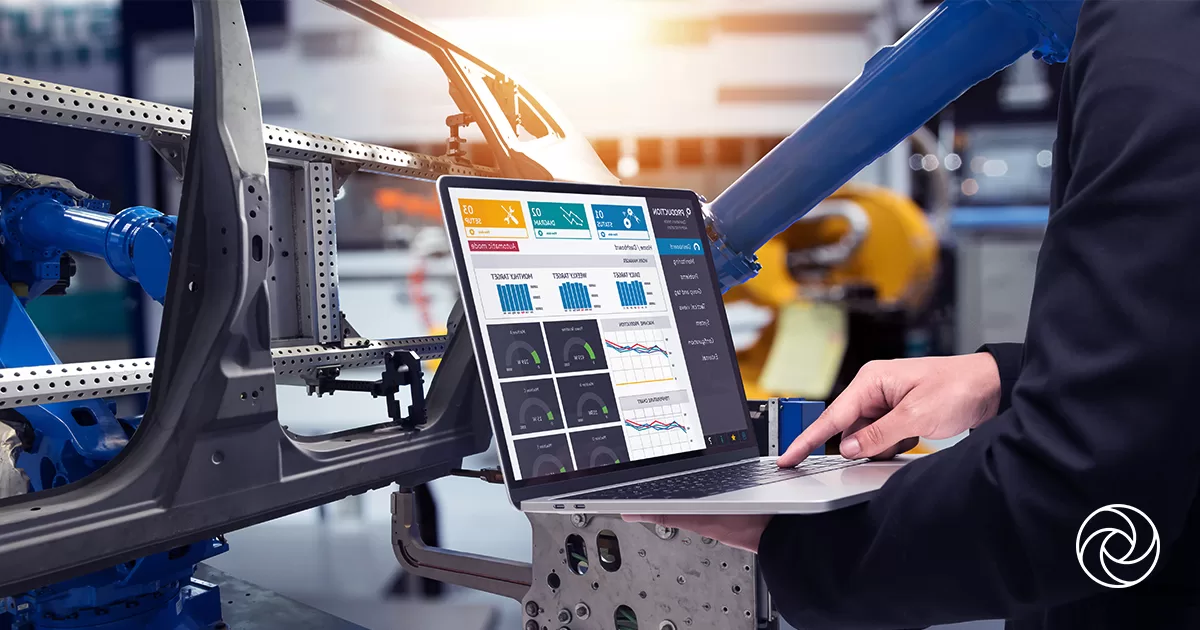The rapid growth of the electric vehicle (EV) industry has led to an increased demand for advanced battery technologies. To ensure the safety, performance, and reliability of electric vehicle batteries, rigorous testing is necessary. Traditional manufacturing methods for battery testing components often involve complex tooling and machining processes. However, with the emergence of 3D printing technology, the production of these components has been revolutionized. This article explores the application of 3D printing technology in the manufacturing of battery testing components for electric vehicles.

Customization and Complexity
One of the primary advantages of 3D printing in battery testing component manufacturing is the ability to create customized and complex parts. Electric vehicle batteries come in various shapes and sizes, requiring testing components to fit specific designs. With 3D printing, manufacturers can easily customize the dimensions and geometries of the components, ensuring a precise fit for different battery models. This customization capability enables more accurate and reliable testing results, leading to improved battery performance and safety.
Design Optimization
3D printing allows for design optimization of battery testing components. Complex internal structures, such as channels for fluid flow or intricate cooling systems, can be easily incorporated into the 3D printed parts. This level of design freedom was not achievable with traditional manufacturing methods. By optimizing the design, 3D printing helps enhance the efficiency of the testing process, enabling better heat dissipation, improved fluid dynamics, and accurate measurement of battery performance parameters.
Reduced Lead Times and Cost Efficiency
3D printing significantly reduces lead times in the production of battery testing components. Traditional manufacturing methods often require time-consuming processes, such as creating molds or tooling, which can lead to delays in testing and development timelines. With 3D printing, manufacturers can rapidly produce these components directly from digital models, eliminating the need for tooling. This results in faster iterations, accelerated development cycles, and overall cost savings.
Prototype Validation
Prototyping is a crucial stage in the development of battery testing components. By utilizing 3D printing technology, manufacturers can quickly produce prototypes for validation and testing purposes. This enables engineers to iterate designs rapidly, identify any potential issues, and make necessary improvements before moving into mass production. The ability to validate prototypes efficiently helps streamline the development process, reducing time and costs associated with design iterations.
Sustainability and Material Optimization
3D printing allows for the optimization of material usage, resulting in reduced waste and improved sustainability. Traditional manufacturing methods often generate significant material waste due to the subtractive nature of machining processes. In contrast, 3D printing is an additive process, where materials are selectively deposited layer by layer. This efficient use of materials not only reduces waste but also contributes to a more sustainable and environmentally friendly manufacturing approach.
Conclusion
The application of 3D printing technology in the manufacturing of battery testing components for electric vehicles has revolutionized the industry. The ability to create customized and complex parts, optimize designs, reduce lead times, and enhance sustainability has significantly advanced the development of electric vehicle battery technologies. As 3D printing continues to evolve, we can expect further innovations and improvements, leading to more efficient and reliable battery testing methods, ultimately driving the growth of the electric vehicle industry.
If you would like to learn more about our applications in the field of new energy vehicles, please feel free to contact our team of 3D printing experts to discuss manufacturing solutions for relevant components. Our experts will be delighted to provide professional advice and solutions.
Additionally, you can visit our Automotive Industry Solutions page to explore more about our innovative solutions and successful case studies in the automotive manufacturing sector. We are committed to collaborating with partners in the automotive industry to drive technological advancements and achieve more sustainable, intelligent, and efficient automotive manufacturing.
Please don't hesitate to get in touch with our team to learn more about the applications of 3D printing in the field of new energy vehicles and explore potential collaboration opportunities. We look forward to exploring an innovative future together.




